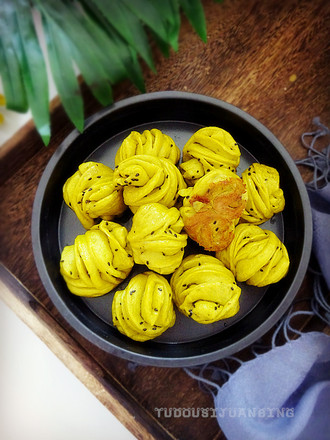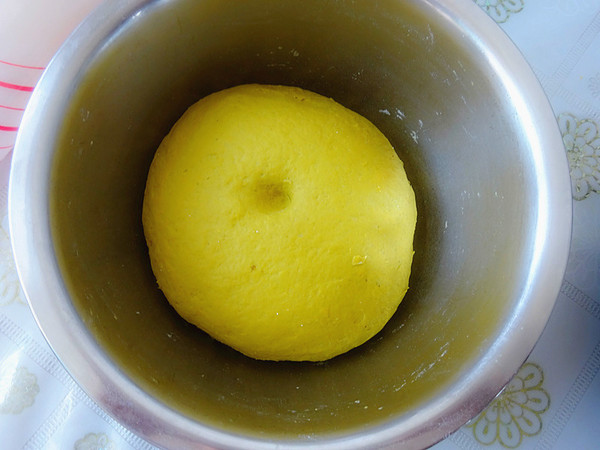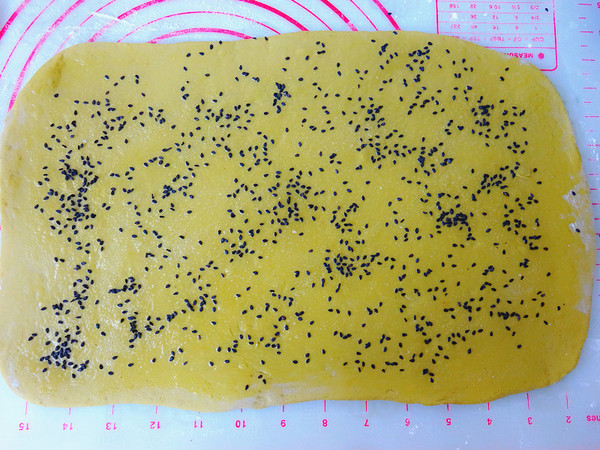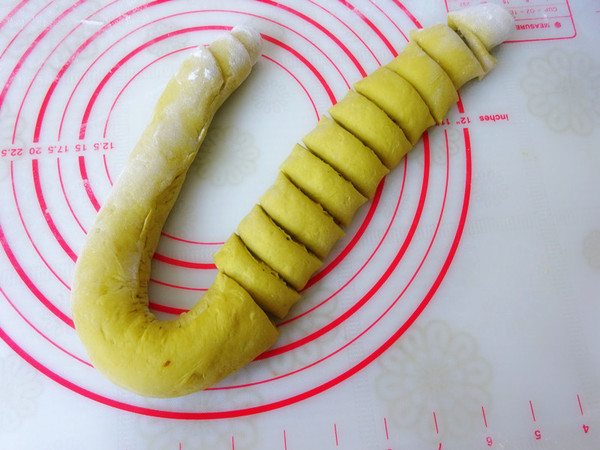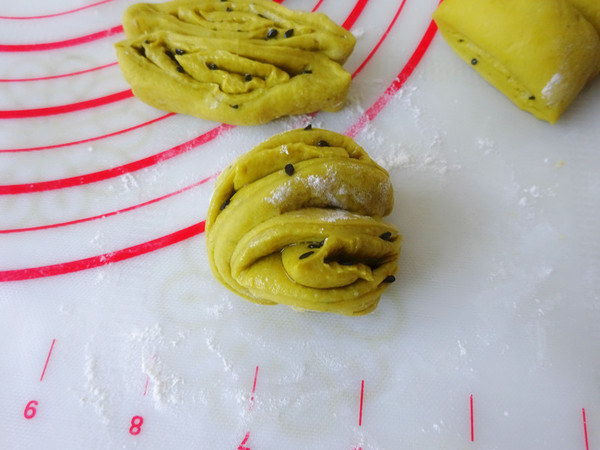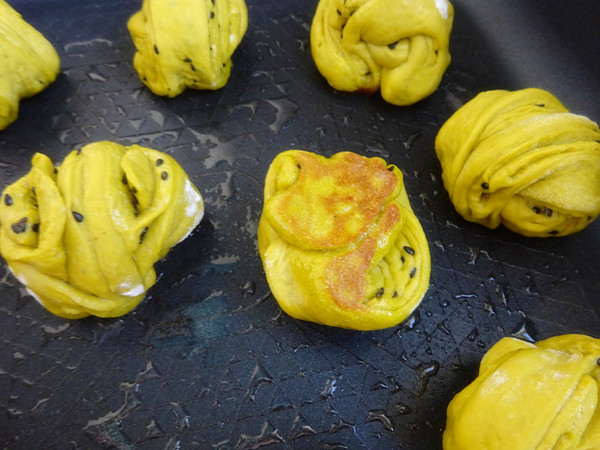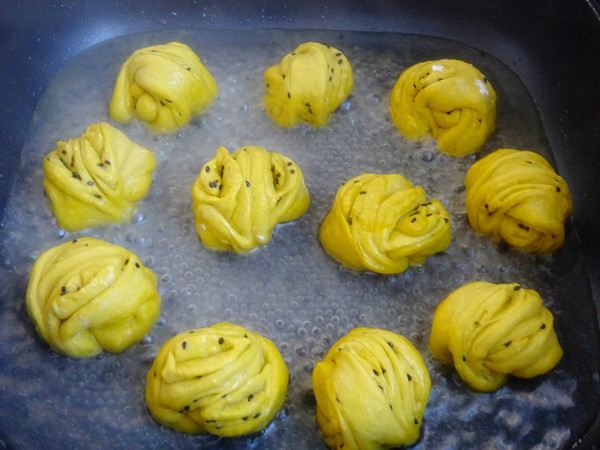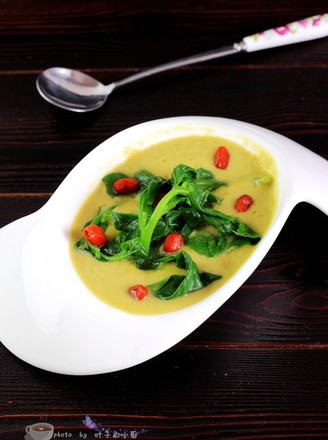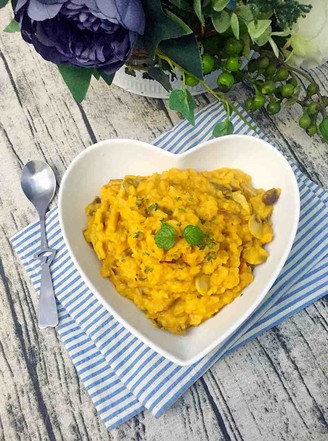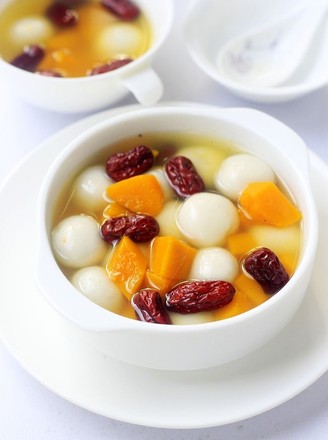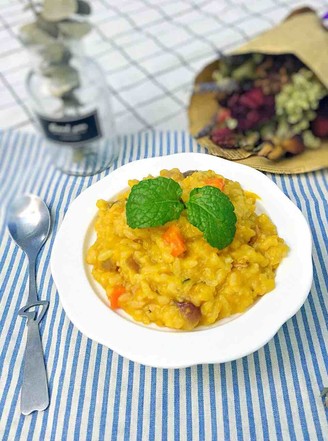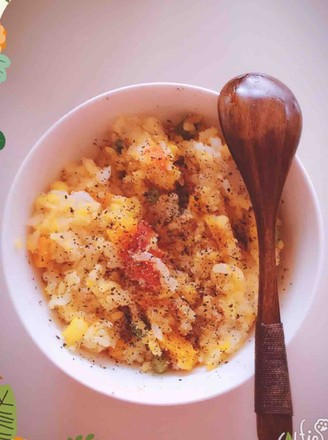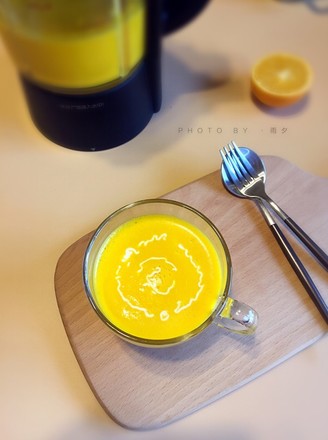Pumpkin Skin Omelet
1.
Many people do not peel off the pumpkin skins when they eat pumpkins. It is a pity to do so. The effects of pumpkin skins in promoting digestion, detoxification, and calcium supplementation can be described as amazing. So we must not throw away the skin when we eat pumpkins. Today I used this kind of small green pumpkin. The skin is thicker. When it is steamed, the skin will fall off after a slight pinch with your hand. I use this pumpkin skin to make a paste.

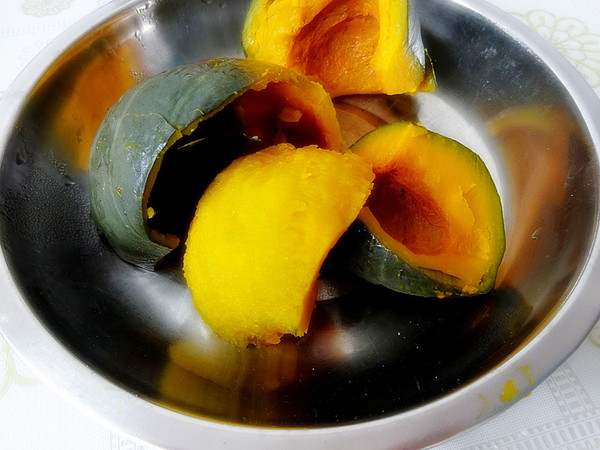
2.
Use a food processor to add the thick pumpkin skin and a little water, and beat into a fine puree. Mix the flour with yeast, and use the pumpkin puree to form a dough with moderate softness. The dough for steamed buns is slightly softer than the dough for dumplings. can. Because the water content of the pumpkin used by everyone is different, you can only control the amount by your own hand. Ferment in a warm place to double its size. It’s summer, and the room temperature is high. The fermentation is completed in about 40 minutes at room temperature.
3.
Take out the fermented dough, roll it into a big pie, coat with oil, sprinkle some salt, and then sprinkle black sesame seeds
4.
Roll up the noodles, and then divide the noodles into two-centimeter-wide tablets
5.
Two small doses are stretched in a group and then rotated left and right to form a flower roll. This is my simple method, you can do it in the way you like
6.
Brush the pan with oil, place the finished Hanami, spaced apart, heat it on a low heat, and fry the bottom of the Hanami into a slightly charred state
7.
Then add boiling water to the height of one-third of the Hanamaki, cover, and simmer on medium heat for about 8 minutes. I made it small, so it took a short time. If the Hanamaki is big, add more water to extend the time.
8.
Seeing that the water in the pot is fried dry, boil the pot and heat it on a low fire to dry the water vapor. Each piece is soft, the bottom is slightly burnt, and it tastes particularly fragrant.

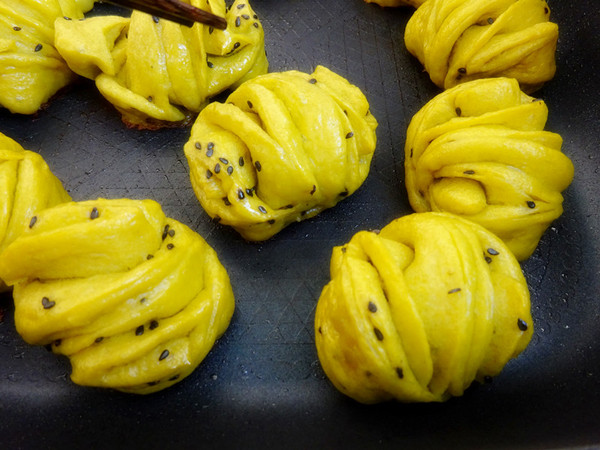
Tips:
The varieties of pumpkins are different, the place of production is different, and the water content is also different. We will add water when whipping the pumpkin puree, so we can only control the amount of pumpkin puree and the softness and hardness of the dough. There is no special frame for the softness and hardness of the dough, it is just a little softer than the dough we usually use for making dumplings. It doesn't matter if you are not careful and it becomes hard. The biggest advantage of making Hanamaki Mantou and other pasta is that it doesn't matter if it is soft or hard. It can only be that the soft product is softer, and the hard dough product is more chewy and will be delicious. Therefore, when making noodles, you can mix the flour and yeast first, then add the pumpkin puree little by little, and stir while mixing. When you see that there is no dry powder, you can start mixing the noodles, so that you can grasp the softness of the dough.
You don’t need the second fermentation of raw embryos to make Hanamaki, you can operate it directly after it is done, and the hair will rise very well.
I wrote baking soda in the ingredient list. This can be used or not. When the dough is fermented, we can use a little warm water to melt the baking soda into the dough, and then mix it evenly. This will remove the yeast taste of the dough and also help the fermentation. But there is no problem if you don't need it, it just depends on your personal preference.

